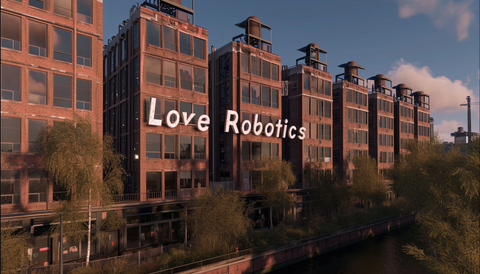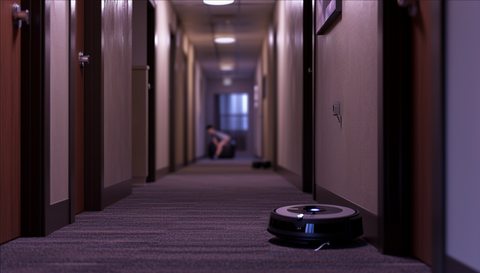In the ever-evolving landscape of multi-family building maintenance, the integration of technology has become a game-changer. Among these technological advancements, robot vacuums stand out as a revolutionary tool, redefining cleanliness and efficiency in high-rise environments. This article delves into the impressive return on investment (ROI) that these automated cleaning assistants offer to multi-family buildings. From cost-effectiveness to operational efficiency, robot vacuums are not just about keeping floors clean; they are a strategic investment in the building's future.
As urban living continues to rise, so does the demand for efficient and sustainable building management solutions. Multi-family buildings, particularly high-rises, face unique challenges in maintaining cleanliness and tenant satisfaction. Traditional cleaning methods, while effective, can be labor-intensive and costly. This is where robot vacuums come into play, offering a modern solution to an age-old problem. These smart devices provide consistent, hassle-free cleaning, adapting to various surfaces and navigating around obstacles with ease.
The adoption of robot vacuums in multi-family buildings is not just a step towards modernization; it's a strategic move towards achieving higher returns. In the following sections, we will explore the various dimensions of how robot vacuums contribute to this goal. From a detailed cost-benefit analysis to understanding their impact on tenant satisfaction and environmental sustainability, this article will provide a comprehensive overview of why robot vacuums are a wise investment for multi-family buildings.
Cost-Benefit Analysis of Implementing Robot Vacuums in Multi-Family Buildings
When it comes to integrating robot vacuums in multi-family buildings, the initial question that arises is about the cost. The investment includes the purchase of the robot vacuums and any associated technology for their operation. However, this initial cost is just one part of a broader financial picture. The true value of these devices is revealed in the long-term savings and benefits they bring.
Initial Investment
The upfront cost of robot vacuums varies based on factors such as model, features, and quantity required for the building's size. High-end models come with advanced navigation systems, stronger suction power, and larger dustbin capacities, suitable for extensive use in multi-family buildings. Additionally, some systems may require a central control system for scheduling and monitoring the vacuums.
Long-term Savings
The long-term financial benefits of robot vacuums are substantial. Firstly, they reduce the need for frequent manual cleaning services. While they don't eliminate the need for human cleaners, they significantly lessen the frequency and extent of required manual cleaning, thereby reducing labor costs.
Secondly, robot vacuums operate on electricity, which, compared to the costs associated with manual cleaning (like supplies and equipment maintenance), is relatively low. These vacuums are designed for efficiency, often featuring eco-friendly modes that save energy.
Improved Longevity of Flooring
Regular and consistent cleaning by robot vacuums can extend the life of flooring materials. By routinely removing dirt and grit, these vacuums prevent the wear and tear that can lead to expensive flooring repairs or replacements.
Indirect Financial Benefits
There are also indirect financial benefits to consider. A clean and well-maintained building enhances its appeal to current and potential tenants, potentially allowing for higher rental rates and reducing vacancy rates. Moreover, the novelty and convenience of robot vacuums can be a unique selling point in a competitive rental market.
ROI Calculation
To quantify the ROI, property managers can compare the costs of traditional cleaning methods against the investment and operational costs of robot vacuums over time. This calculation should include the savings from reduced labor costs, lower utility bills due to energy-efficient operation, and the indirect financial benefits from tenant satisfaction and retention.


